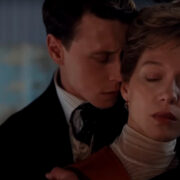MAD TO BE NORMAL: A Revolutionary Subject Forced Into An Unpleasant Biopic
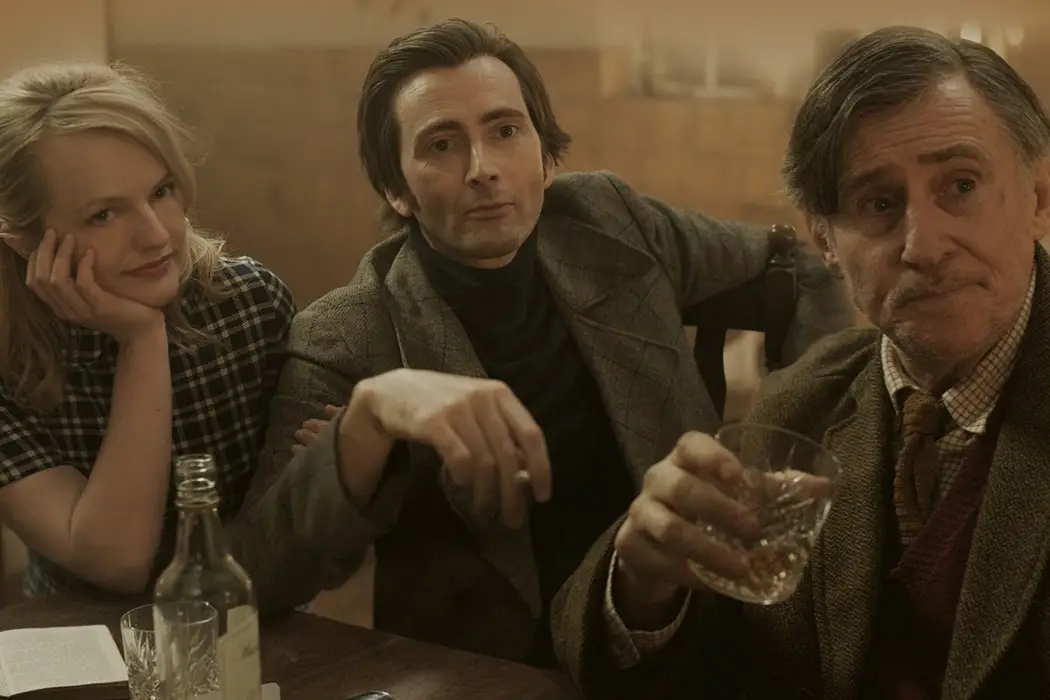
Lee Jutton has directed short films starring a killer toaster,…
R.D. Laing was a Scottish psychiatrist who objected to conventional methods of treatment for mental illness. Strongly opposed to forcing patients to undergo electroshock therapy and tranquilizers in order to numb their pain or silence the voices in their heads, Laing believed that it was important to allow patients to talk through their issues and explore their conditions without excessive interference. That, and LSD. He was a big fan of LSD.
From 1965-1970, Laing hosted an experimental commune of sorts at a facility in London called Kingsley Hall, where he and a few assistants lived like a family with a group of patients suffering from a variety of mental conditions.
That period of time is the setting for Mad to Be Normal, a Laing biopic directed by Robert Mullan and starring The Doctor himself, David Tennant, as Laing; the impressive cast is rounded out by Elisabeth Moss, Gabriel Byrne, and Michael Gambon. Yet despite having such an intriguing figure’s life to draw from, Mad to Be Normal falls surprisingly flat.
The Doctor Will See You Now
The film opens with Columbia doctoral student Angie Woods (Moss) attending one of Laing’s lectures. Laing’s entire demeanor, from his confident delivery to his feathered hair to his flashy wardrobe, makes him seem more like a rock star than a psychiatrist, and indeed, the audience at the lecture is as enraptured as one might be at a virtuoso concert. A fellow attendee, Jim (Byrne), offers to introduce Angie to Laing, and a romantic relationship between the two ensues almost immediately.
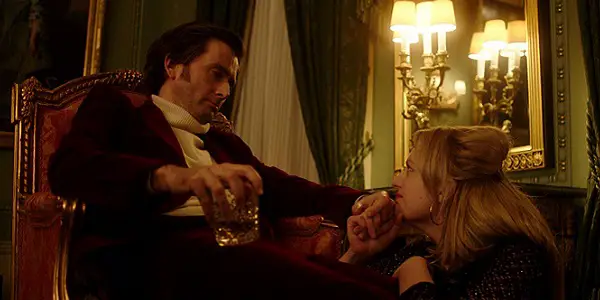
An infatuated Angie moves into Kingsley Hall with Laing, his assistants, and his patients, of which Jim is one and Sydney (Gambon), an elderly man who is still suffering from childhood trauma, is another. Through Angie’s eyes, we learn about Laing’s complicated past, which includes a father who suffered a nervous breakdown, a mother who sticks pins in a doll of her own son, and children from a previous marriage, one of whom is ill.
Laing has never put much stock in the traditional version of anything, and that includes relationships – something that Angie, in love with Laing but unable to fully succumb to his unusual way of life, learns a little too late.
Less Inanity, More Insanity
Throughout Mad to Be Normal, Laing comes off as someone who cares more about the well-being of his patients than that of his loved ones; if you don’t suffer from a mental illness, he loses interest in you quickly. This renders him a character both sympathetic and infuriating, something that few actors could pull off without rendering Laing utterly insufferable. Tennant, an always-capable performer with a special talent for making unpleasant men enthralling (as he did to great effect in season one of Jessica Jones), comes very close.
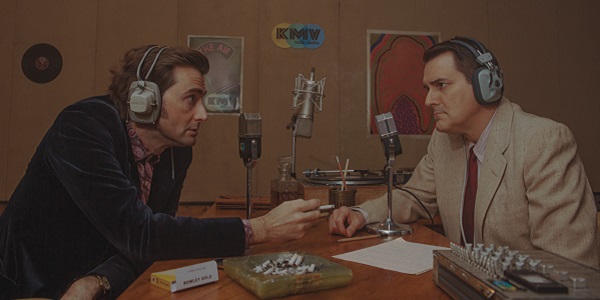
Yet one of the problems with Mad to Be Normal is that nearly every other character in it is just as problematic as Laing. As a result, it’s hard to care about any of them for the duration of the film. Angie, in particular, comes off as a whiny shrew who honestly should have known what she was getting into when she decided to throw away her doctoral education to shack up with someone of Laing’s reputation.
Moss is one of the great actresses currently gracing our screens, but even she can’t make one empathize with Angie. And if one can’t care about the character that is essentially the audience’s guide into Laing’s wild world, what is the point of watching the film?
Mad to Be Normal’s best moments are those involving Laing and his patients, particular their one-on-one interactions. Scenes in which he gives Sydney LSD in the hope of drawing out his repressed trauma, or when he quietly engages with a young woman who has been locked in a padded room by more conventional doctors, are incredibly compelling and highlight Laing’s humanity.
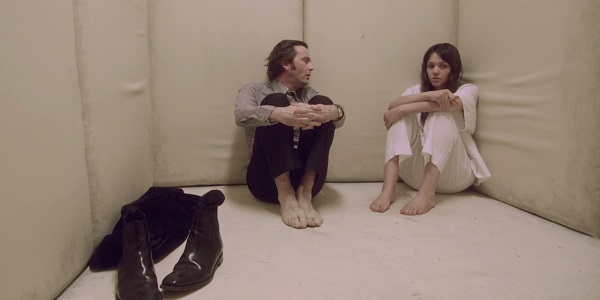
One particularly intriguing patient, John (Jerome Holder), has been diagnosed with schizophrenia and subjected to intense electroshock therapy by his doctors. When his mother decides that she can no longer watch her son be subjected to such torture and takes him to Kingsley Hall, Laing’s treatment – or rather, his lack thereof – renders John a new man.
It’s a beautiful subplot in a film that otherwise veers too frequently into the ugly.
Conclusion: Mad to be Normal
Mad to Be Normal takes the life story of someone who defied norms in every aspect of his life and then squeezes said story into the format of a traditional biopic, populated with characters who are hard to care about. As a result, what should have been a film vibrating with Laing’s unique energy ends up being unfortunately unengaging.
What do you think? Does R.D. Laing’s unique take on psychiatry sound like an appealing movie subject to you? Share your thoughts in the comments below.
Mad to Be Normal is now available to stream on video on demand.
Does content like this matter to you?
Become a Member and support film journalism. Unlock access to all of Film Inquiry`s great articles. Join a community of like-minded readers who are passionate about cinema - get access to our private members Network, give back to independent filmmakers, and more.
Lee Jutton has directed short films starring a killer toaster, a killer Christmas tree, and a not-killer leopard. Her writing has appeared in publications such as Film School Rejects, Bitch: A Feminist Response to Pop Culture, Bitch Flicks, TV Fanatic, and Just Press Play. When not watching, making, or writing about films, she can usually be found on Twitter obsessing over soccer, BTS, and her cat.


